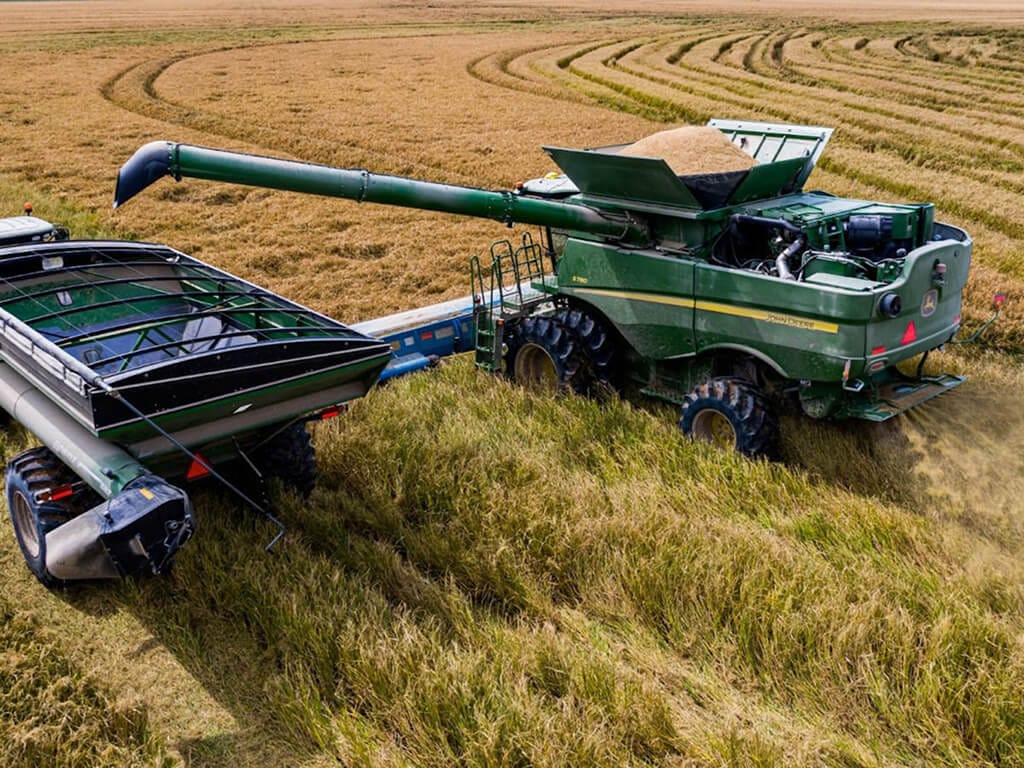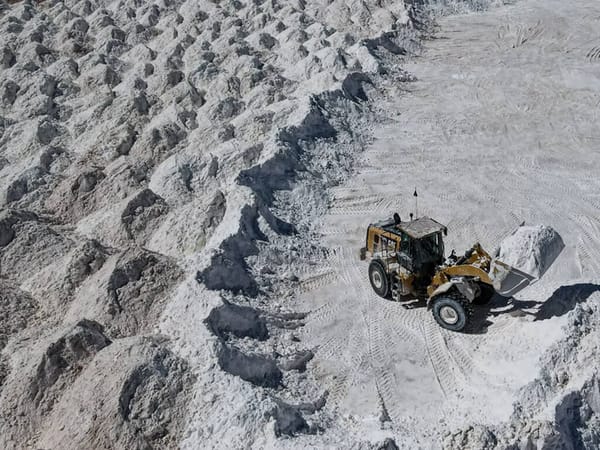Arkansas Farmers Need More Than What the Big Beautiful Bill Offers
Arkansas farmers face mounting pressure from rising costs, low commodity prices, and global trade barriers. While the Big Beautiful Bill raises support benchmarks, delayed relief means many producers may not see help until 2026, leaving family farms at risk.

Arkansas farmers are enduring one of the toughest seasons in recent memory. Harsh weather, rising inflation, global trade barriers, and plunging commodity prices have combined to push many producers to the brink. Profit margins have disappeared, forcing some to leave farming altogether while others edge dangerously close to bankruptcy.
Despite repeated assurances from lawmakers, many farmers say meaningful relief has been slow to arrive. The Farm Bill, which is meant to be reauthorized every five years, is now two years overdue. That delay has left Arkansas agriculture in a climate of uncertainty. Once a reliable safety net, federal farm programs have not kept up with soaring production costs. Inflation has quietly weakened their effectiveness, leaving small and family run farms especially exposed. Without immediate support or a clear path forward, some are being forced to shut down, cutting short generations of labor, tradition, and hope.
Government Presents Big Beautiful Bill
Republicans are promoting the recently passed “Big Beautiful Bill” as a lifeline for farmers facing financial strain. While it does not amount to a full overhaul of the 2018 Farm Bill, the legislation introduces targeted updates, particularly in crop insurance, an area where many producers have felt significant pressure in recent years.
At the heart of the federal safety net are two key programs: Agriculture Risk Coverage (ARC) and Price Loss Coverage (PLC). ARC provides support when a farm’s revenue falls below a defined threshold, while PLC offers payments when crop prices drop under a fixed reference point. The “Big Beautiful Bill” raises those benchmarks to better align with current market conditions. For instance, the price floor for rice has been increased from 14 dollars to 16.90 dollars per hundredweight.
Brandy Carroll, director of commodity activities and market information at the Arkansas Farm Bureau, said the legislation’s improved premium subsidies and other adjustments may give short term relief to producers struggling with rising costs.
Will It Really Help Struggling Farmers?
Farmers say the main problem is timing. Most provisions of the “Big Beautiful Bill” will not take effect until the 2025 crop marketing year, with payments delayed until October 2026. In the meantime, there is no interim support and no immediate safety net to carry producers through what could be a critical two year period.
For those already under heavy financial strain, that wait could be devastating. Last year, some refinanced equipment to manage rising debt. This year, many are drawing on family equity built over generations, placing entire legacies at risk in the hope of making it through another season.
Attorneys have reported an increase in Chapter 12 bankruptcy filings among farmers this year, a troubling sign of how urgent the crisis has become.
Lingering Effects of Trade Policy
Democrats and many critics connect much of today’s financial pressure to the trade policies of Donald Trump, who has imposed broad tariffs on foreign imports as part of his “Make in America” agenda. The goal is to strengthen domestic production. The outcome, however, has been higher input costs, restricted access to international markets, and falling prices for many United States commodities. Farmers have been left to cope with significant economic fallout.
Many now warn that without clearer direction and faster government support, more farming operations could be lost in what is becoming a defining crisis for American agriculture.





